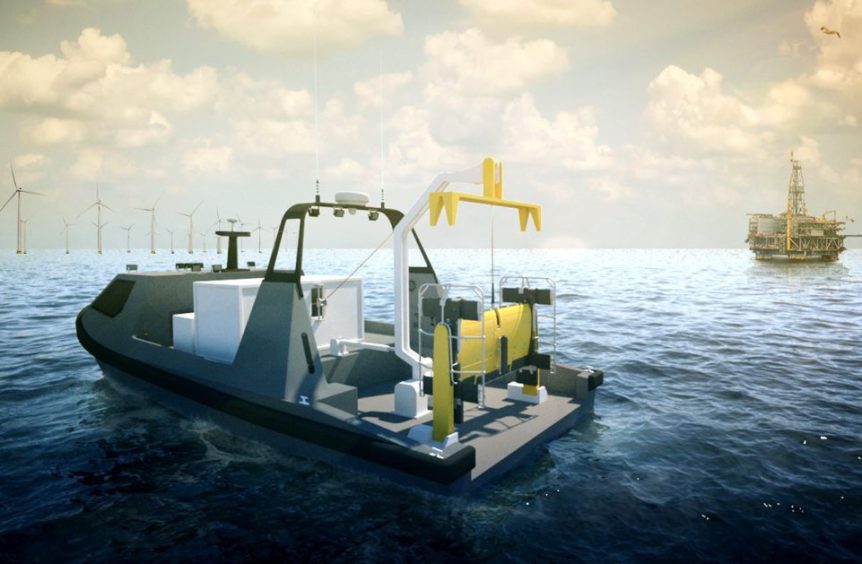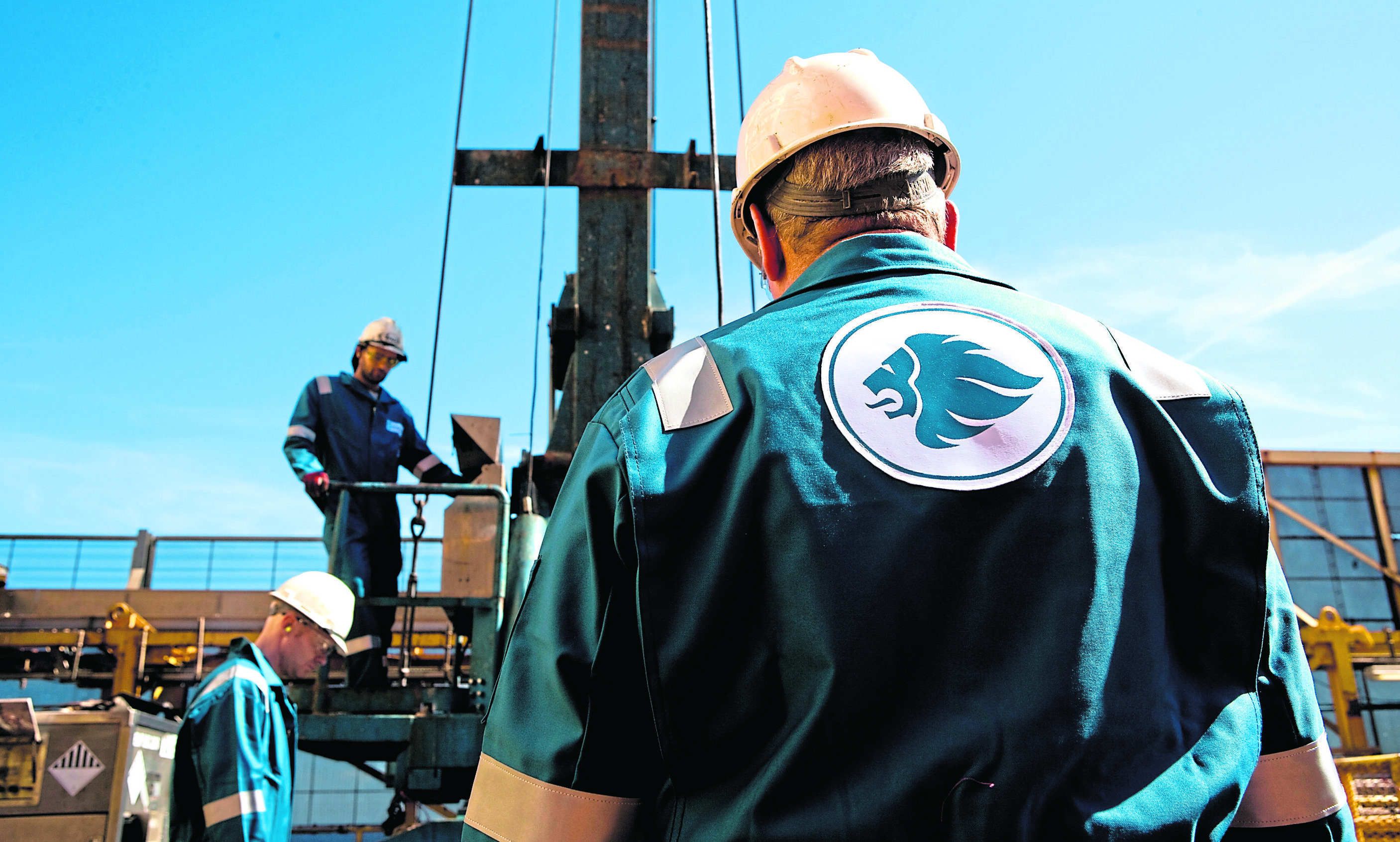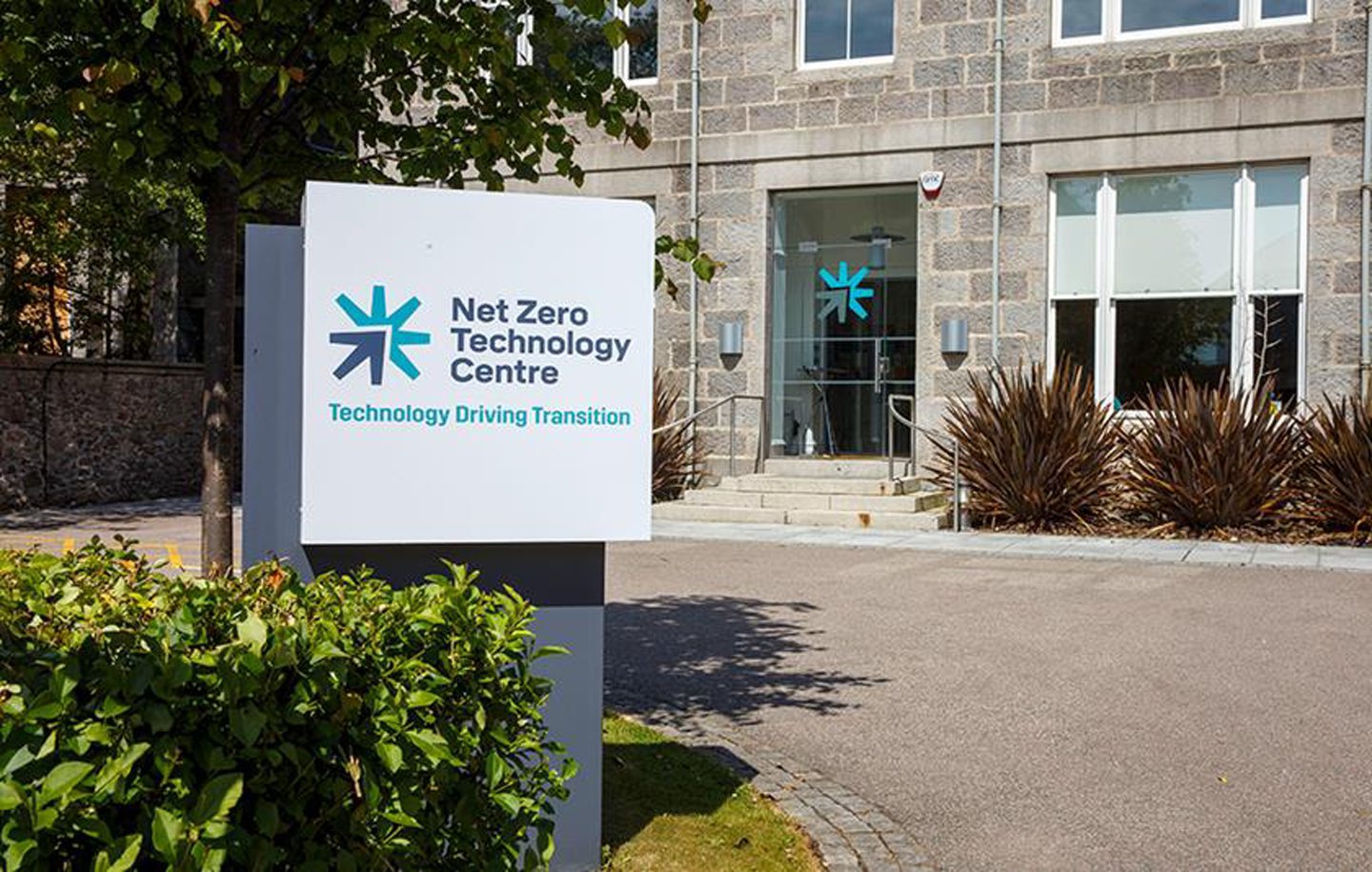
From “self-healing” paint to tackle corrosion to a battery which can store energy as “liquified air”, 20 winners have been unveiled as part of a £10 million funding competition from the NZTC.
The Net Zero Technology Centre (NZTC) launched its Open Innovation Programme in March, aimed at developing tech which could reduce emissions offshore, accelerate clean energy production and enable delivery of the UK’s net zero ambitions.
Of 154 applicants for the first £8m tranche, 20 have been selected, the majority of which are based in North-east Scotland. A second round for the remainder of the funding be announced later.
The full list of winners is below.
The NZTC competition winners were selected from a criteria of seven categories, including: carbon capture, utilisation and storage (CCUS), hydrogen and clean fuels, renewables and energy storage, zero emissions power, venting and flaring, integrity management and late life and decommissioning.
Among the winners is Copsys, which has designed an “intelligent digital skin” paint-based technology which can detect corrosion.
In the renewables category is Innovatium, which has designed a Liquid Air Battery which can store excess renewable power as high-density pressurised liquid air, which can be converted into electrical power. This can in turn significantly increase the availability of renewable energy sources.
In late life and decom, Sulmara Subsea is one NZTC competition winner, with an uncrewed drone system which will significantly reduce the size of vessel needed for offshore surveys, which is also applicable for offshore wind farm inspections.
Enertechnos is another winner, with a specialised cable designed to electrify North Sea oil and gas installations which deals with the issue of power being lost over longer distances.
Heriot-Watt University bagged a place in the top 20 with a new tool to measure the probability of CO2 leaks from wells which are used for Carbon Capture, Utilisation and Storage (CCUS).
Selection
Head of emissions reduction at the NZTC, Rebecca Allison, said whittling the competition roster down to 20 was a tough call – leading to a £1m increase to this round which was initially billed at £7m in March.
“There have been some really exciting technologies come through in the programme – each and every one of them has real potential.
“Out of the 154 applicants, there were only six that weren’t in scope which shows you the number of good ideas out there.
“They went through a robust screening in the industry to see how viable they were – and if we could have we would have supported more.”
Each one of the projects has at least one industry sponsor and an NZTC project manager associated with it to provide technical expertise, guidance or feedback on development depending on its maturity.
Several are doing field trials and the NZTC is facilitating and exchange of data from the operator community to support developers reach technology commercialisation.
Call to action on net zero
The NZTC is sponsored by industry and £180m of UK and Scottish Government investment as part of the Aberdeen City Region Deal signed in 2016.
It made a “conscious decision” to launch a competition targeting some of these pressing areas for the sector amid the energy transition, rather than a more typical open call.
Ms Allison added: “We really wanted to put out a large call to action to stimulate a development community and reach out to other industries in the UK and globally to see which technologies are suitable for our space.
“We’ve always had solutions centres specific to industry challenges, so we looked across these areas and asked ‘where are some of the technology gaps, what has the supply chain got that we can them accelerate and de-risk that research and get it into a trial situation?’
“This is affordable technology for the net zero future.”
NZTC competition winners
The winners are as follows:
Late Life and Decom
1. CeraPhi Energy
Turning Oil and Gas liabilities into geothermal assets for net zero energy
Onshore field trial/ demonstration of heat and energy production via geothermal techniques.
2. Welldecommissioned
Optimised Decommissioning as a stepping stone into the Energy Transition
AI based software solution for use in the planning and optimisation of decommissioning activities.
3. Sulmara Subsea
Remote data acquisition & intelligence service for offshore energy decommissioning.
A fully unmanned over the horizon surface vessel capable of gathering data real time via an onshore remote command centre.
Well Integrity
4 isol8
Eternal Barrier Material Development
Composite alloy barrier material (AlloyCrete) providing long-term well integrity assurance.
5 Pipetech
Downhole Scale Remediation
Scale remediation tool for the cleaning of hydrocarbon wells.
Integrity Management – CUI
6 Copsys Technologies
Eliminating CUI with Copsys Intelligent Digital Skin
Intelligent Digital Skin paint-based technology used to detect and locate CUI
7. SubTeraNDT
Advancing an intelligent CUI and moisture pipeline inspection sensor
Handheld Millimetre Wave Corrosion Under Insulation Inspection System
8. Advance Hall Sensors
Novel Magneto-imaging system for CUI mapping
QWHE Camera providing high resolution, non-contact magnetic imaging of corrosion under insulation
Venting & Flaring
9. Expro
Real-Time Flare Emissions Measurement and Control
Development and field trial of a real time flare emissions measurement and control system
10. Expro
SmarTest flare-free closed chamber formation testing
Downhole telemetry system used for the collection of reservoir data and fluid samples
Zero Emissions Power
11. HiiROC in partnership with Centrica
Decarbonising Gas Peakers through Hydrogen and Showcasing CO2 Sequestration through Solid Carbon
Integration & demonstration of the HiiROC H2 production system into an existing ‘gas peaking’ plant (Centrica Brigg)
Renewables
12. Innovatium Group
PRISMA Liquid Air Battery
Liquid Air Battery combining compressed air production and energy storage in the form of highly energy dense liquified air
13. Enertechnos Ltd
Marinisation of Capacitive Transfer System Cable for use in the Electrification of the North Sea
Subsea power cable for use in offshore windfarms
Hydrogen
14. Ceimig
Development and testing of supported iridium catalysts for PEMWE electrodes
Development of a substrate to reduce the amount of iridium required for polymer electrolyte membrane water electrolysis (PEM)
15. Oort Energy
HyPX2 – High performance, high pressure electrolysis and compression
Development of an integrated electrolyser and electrochemical compression stack for green hydrogen production
16. B9 Technologies
Demo of a high-efficiency Flow-Field Electrolyser for low-cost hydrogen production
Development & validation of the B9 Flow-Field Electrolyser stack
CCUS
17. Ai Exploration
Novel Optical Sensors To Prevent Corrosion In Carbon Capture And Storage Operations
Multispectral imaging corrosion sensor in CCS environmental conditions
18. Pace CCS Ltd
Predicting corrosive aqueous phase liquids in CCS pipelines induced by polar impurities
Software/ modelling system to predict the corrosion risk to CCS pipelines
19. Heriot-Watt University
Risk-based, Well Decommissioning Modelling Framework to CCUS Applications
Modelling tool to analyse and predict the leakage wells in CCS fields
20. WesternGeco
The use if surface DAS & adaptive monitoring to reduce CO2 plume monitoring
A passive seismic and surface deployed distributed acoustic sensing monitoring system for CCUS applications
Recommended for you


 © Supplied
© Supplied © Supplied by NZTC
© Supplied by NZTC © Supplied by NZTC
© Supplied by NZTC